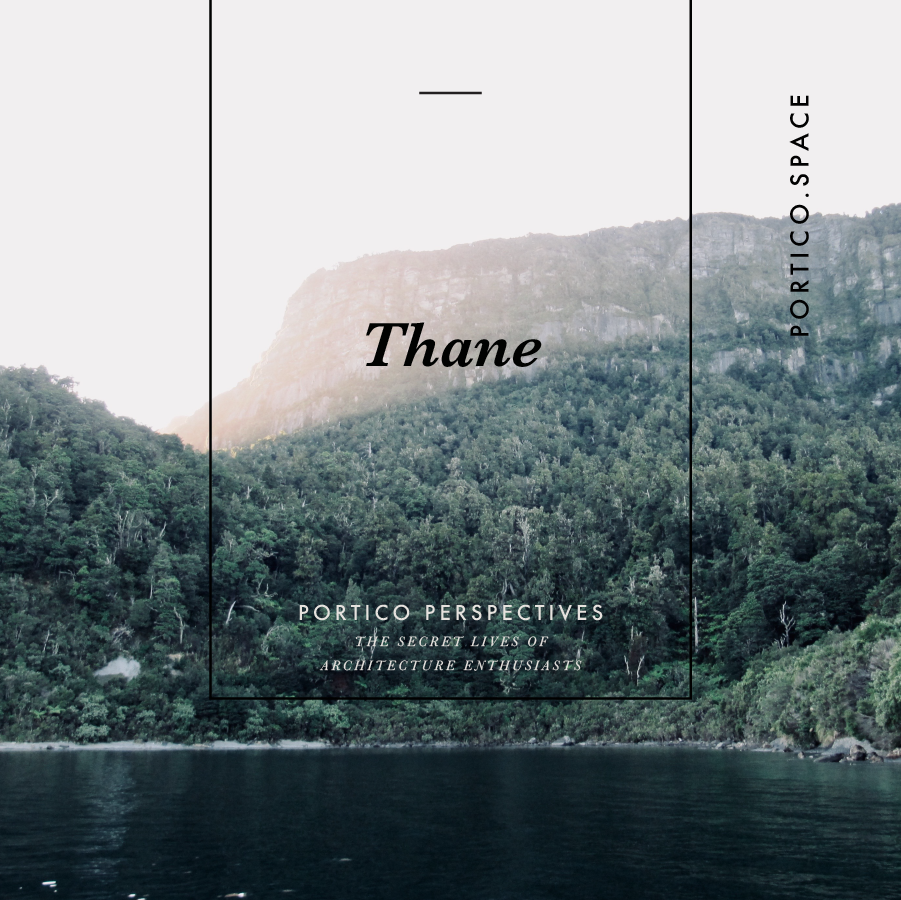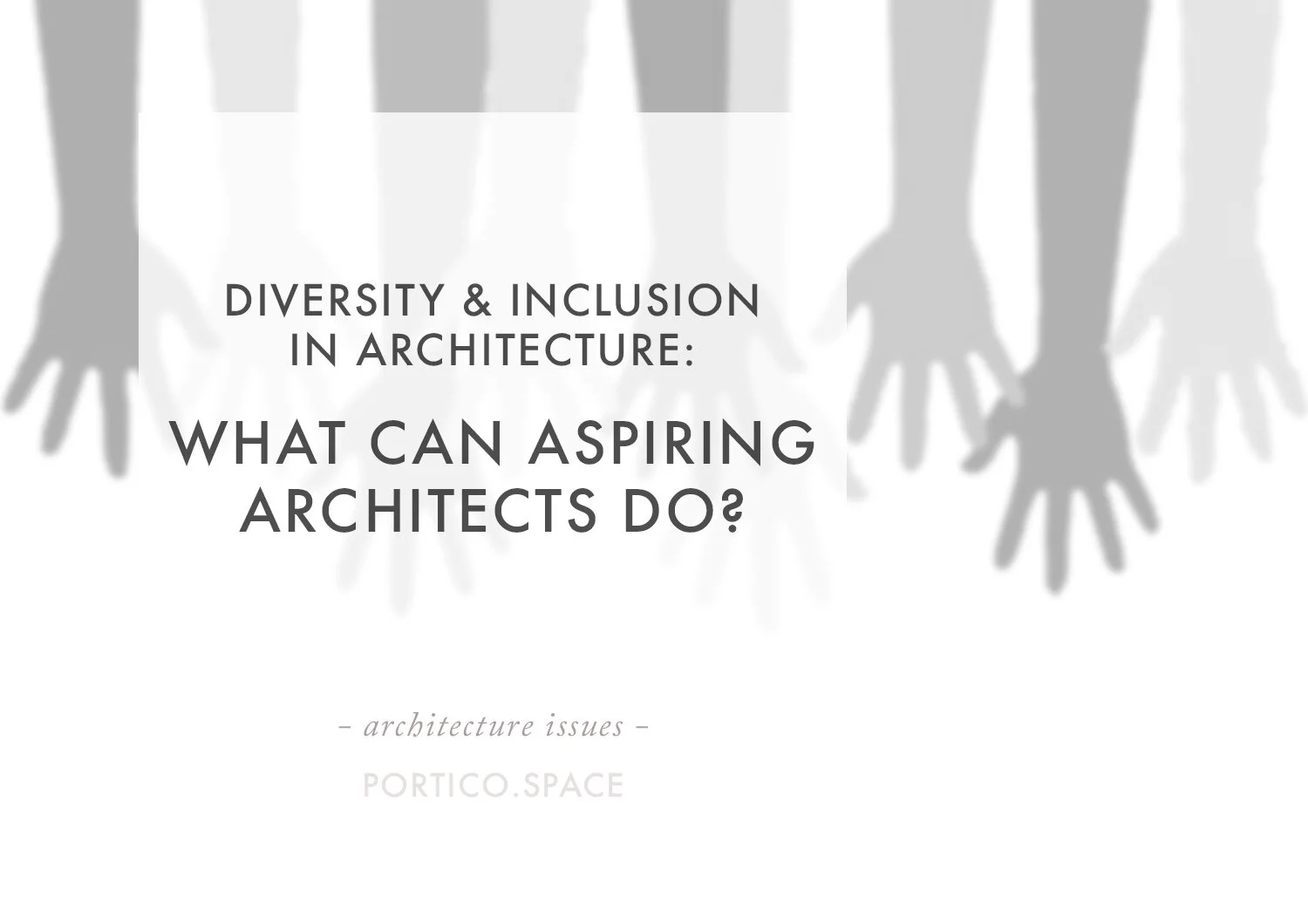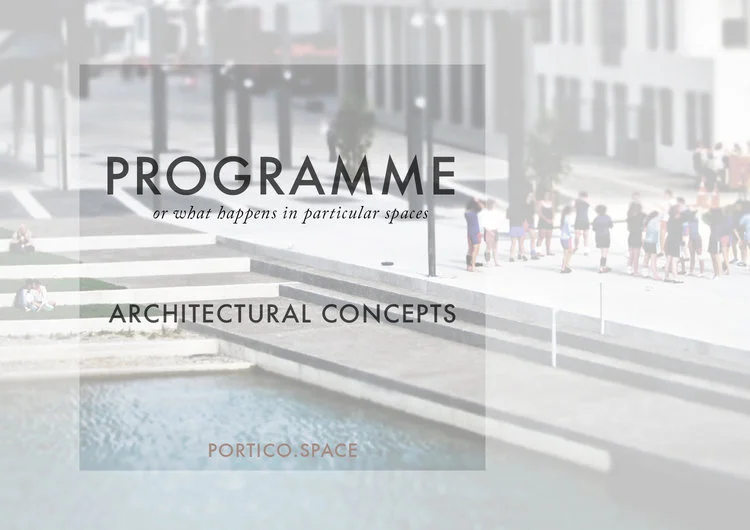Lest we Forget | Architecture, Memorials & our Sense of Community
The Dedication of the National War Memorial Carillon, Wellington, 25 April 1932 (Alexander Turnbull Library)
- William Hall Raine
ANZAC day, in New Zealand and Australia, is a day for remembrance. It is also a day that reveals the important role architecture plays in our communities, giving richness to our collective memory, and playing a part in our sense of community.
LEST WE FORGET
In New Zealand and Australia April 25 is ANZAC day - a day of national remembrance commemorating New Zealanders and Australians who have served in war, conflict and peacekeeping duties. The date marks the landing of NZ and Australian troops in Gallipoli, Turkey in 1915.
“You feel encompassed by the past, by those who gather and have gathered around you. ”
This morning, across both countries, thousands arose in darkness, and gathered with their neighbours in their towns, cities and suburbs. Together we stood outside in silence, acknowledging the solemn parade of veterans, the defence force, and bands. The atmosphere enhanced by the slow autumnal sun cracking the horizon.
The centre of nearly each of these individual dawn commemorations is a memorial - traditionally a tall, stone, almost monolithic building raised on a plinth, often adorned with sculpted men and engraved with the names of those who served. During the service, the foot of the memorial is laden with wreaths of poppies - their bright, delicate beauty in contrast to the enduring solidity of the building.
ARCHITECTURES OF MEMORIAL
Like New Zealand and Australia, most countries memorialise events, people and actions - often setting aside space, or providing an object or building to pay respect and to remember. Some memorials are small, intimate places, others are vast spaces which make the hairs on your arms stand up.
Maya Lin's "The Wall", Vietnam Memorial, Washinton DC. Photo by Derek Key.
Often, such built memorials reach for the sky, but equally, connection to the ground has great resonance. At Maya Lin’s famous Vietnam War Memorial, in Washington DC, the land is contoured to lead you down beside a thick wall, a physical and emotional depth from which you then slowly reemerge, towards the sky. Peter Eisenmann's Holocault Memorial in Berlin disrupts our understanding of the ground - giving us back something between building, maze, landscape and seemingly endless series of objects.
The key elements of stone, fire, water and light also have significant presence, either in the architecture itself, or through the ritual of use - the rising of dawn, the lighting of a flame, the reflection on a still body of water.
RITUAL & COMMUNITY
These memorial architectures stand silent for most of the year, but are brought to life and fulfil their purpose on days like this. They lie dormant until we call on them, resuscitated through memories. But it’s not only the built structure and form of the memorial, but the location, space around it and procession towards it that awakens the space. The ritualised dawn memorial service invites us to occupy the space of our city, to walk and stand with presence alongside the architecture.
““Time alters understanding and blurs memory: architecture remains.””
Great architecture extends beyond the exterior walls of the building, connecting with the streets or open spaces around it, speaking to the wider city. A memorial isn’t just about a physical ode to history, but a space of active, bodily engagement with the past.
Memorials, then, are the gathering points, the moment of pause. As physical markers they bring people together at a single moment in time, then again and again, over the years, to the same place. The space becomes imprinted with ritual of gathering, the repeated collective action of standing together in solidarity.
You cannot go to a memorial and feel alone. Certainly, you feel the the futility of it all, the weight of your own mortality, but you do not feel isolated in these emotions. Rather, you feel encompassed by the past, by those who gather and have gathered around you. It is a place of meaningful connection, where even in silence there is camaraderie.
Paul Ricoeur has written that if history is a search for truth, memorial is about faithfulness - and here, as we come together alongside architecture, we are invited to reform our own, collective and individual notions of this what is means to be faithful to ourselves and our memories.
A GLOBAL GEOGRAPHY OF REMEMBRANCE
The New Zealand Memorial, Longueval, France.
For me, the essence of ANZAC day is increasingly made up of overlapping experiences, extending not just through time but also across continents. The wide, axial road of Anzac Parade in Canberra comes to mind, as does the New Zealand War Memorial in London - a 2006 collaboration between John Dibble and John Hardwick-Smith of Athfield Architects. I dream of Gallipoli, of Northern Africa where my Grandfather served, of the battles in my own country, and of Le Somme.
In 2004, as a schoolgirl I laid a wreath at the base of the wall which encloses the small town of Le Quesnoy in Northern France - a town whose incredible urban structure and fortification made it nearly impossible to recapture, until the New Zealand troops scaled the walls a week before the war ended in 1918.
Memorial architectures form portals, connecting each of these places, events and times. This global network of memorials, which is far more extensive than what I might possibly mention here, forms a kind of geography of remembrance. Each individual memorial you come across is an invitation to the network, a key to navigating our wider collective memory and architectural history.
ritual & community
“It’s good to be able to recognise the value of...our architecture, the spaces which also serve us as a community, reflect us as a society, and, hopefully, enable us to continue to stand together in the future. ”
It has now been over a century since the first landing at Gallipoli in 1915, and memorials still form the centrepieces to many of our towns and cities. Their architecture makes them recognisable, but their ubiquity means that they usually sit in the background, standing silent as we go about our day to day lives around them.
And to me, this is as it should be. I don’t think history, or architecture for that matter, need to jump out at you to add richness to your life, or to contribute to how we construct our place in the world.
But every now and then, it’s good to be able to recognise the value of both these things: our history, the people and events who came and served before us; and our architecture, the spaces which also serve us as a community, reflect us as a society, and, hopefully, enable us to continue to stand together in the future.
and at the going down of the sun and in the morning we will remember them
Do you see a relationship between architecture and history? Between buildings and how people come together, how we create shared memories, and what we value as society? I'd love to broaden the discussion around these thoughts, please feel free to share your thoughts in the comment section below!














